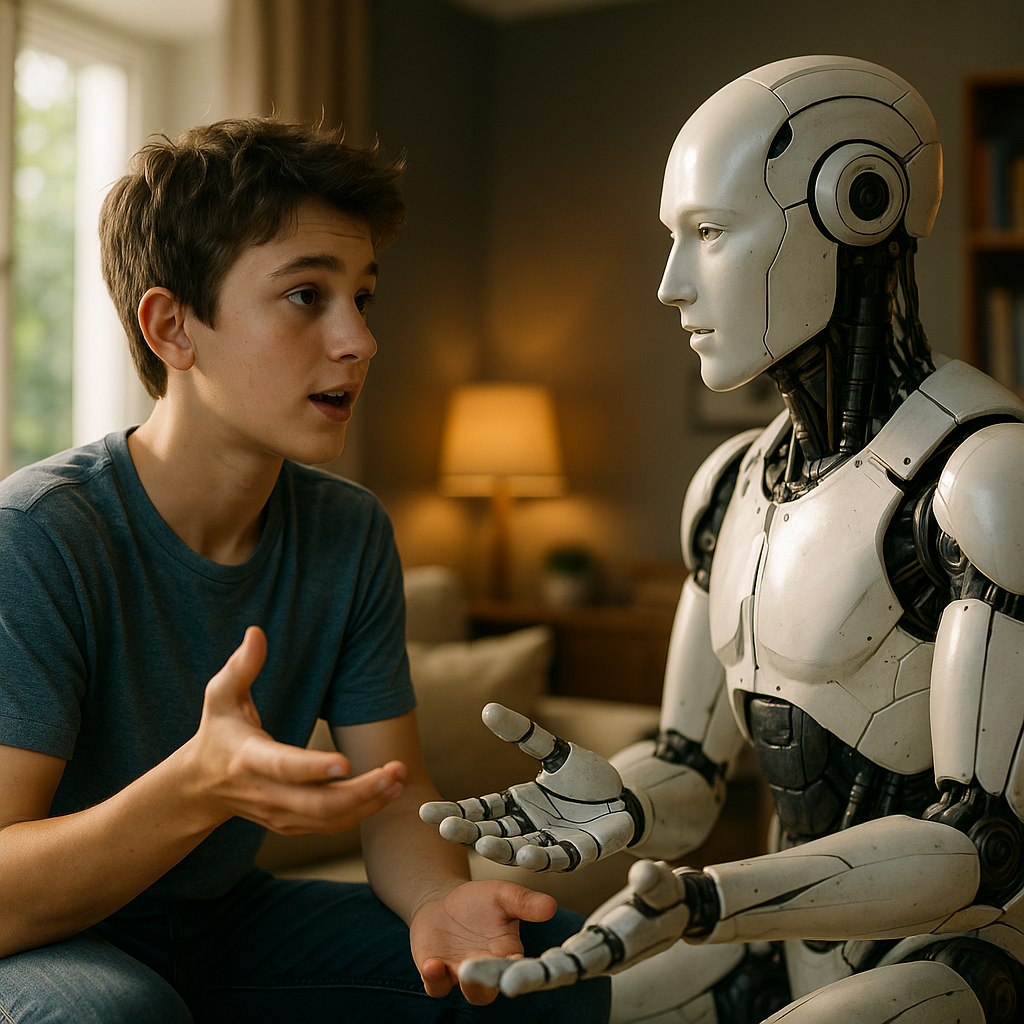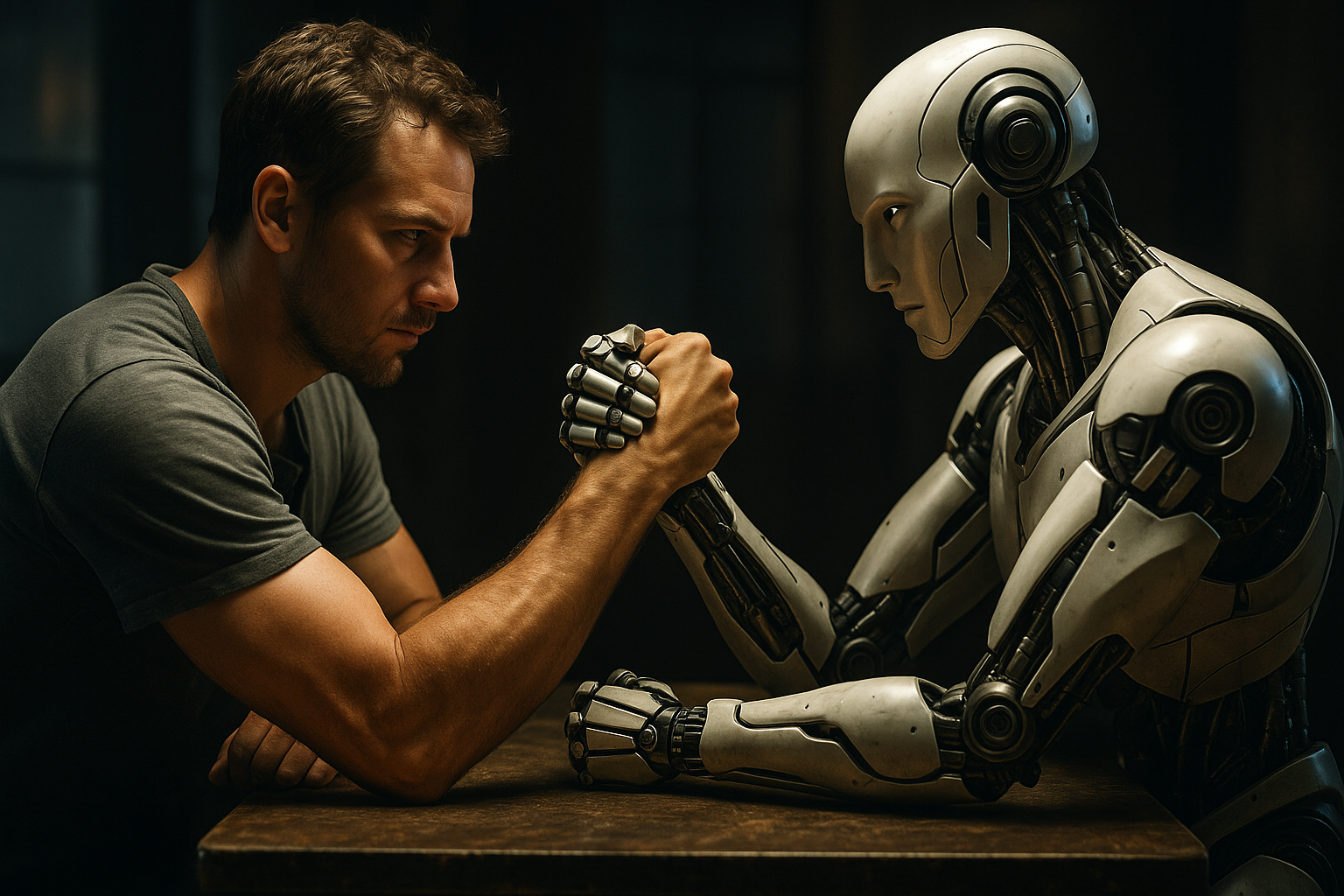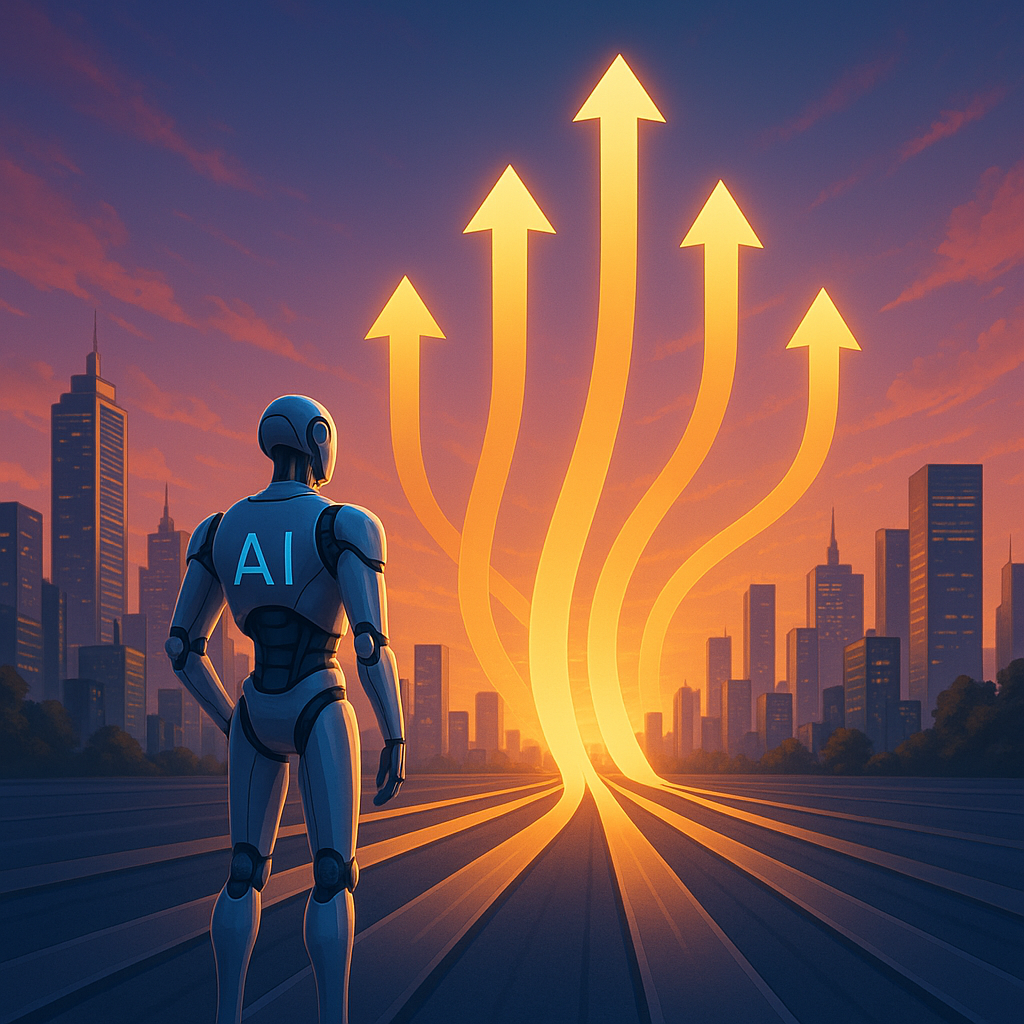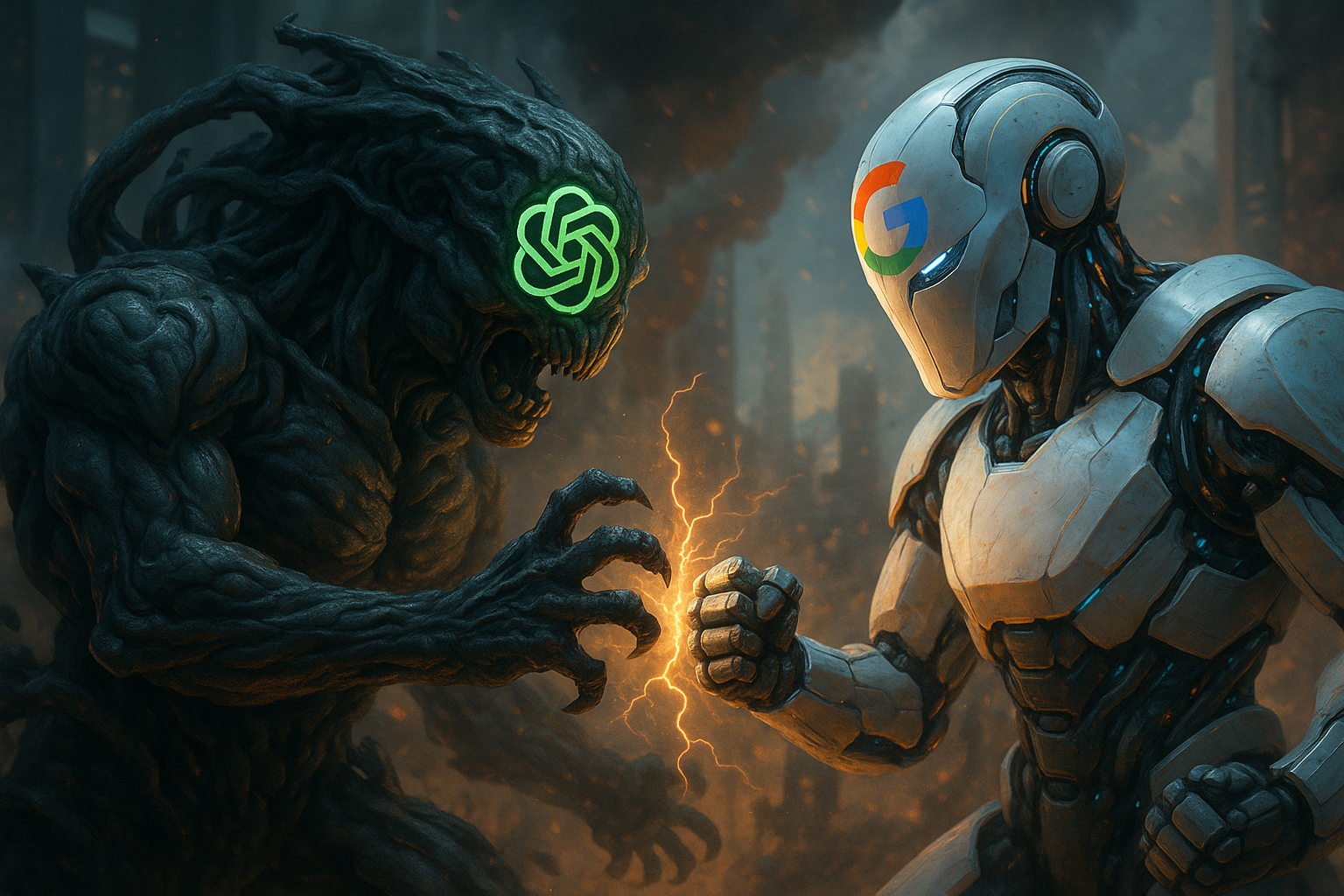
You just got a movie recommendation from Netflix, asked Siri to set an alarm, or saw your smartphone automatically enhance a photo. Congratulations, you've just used artificial intelligence. It's no longer science fiction but an invisible assistant woven into our daily lives. But what exactly is artificial intelligence, and more importantly, how does it work?
If you've ever Googled this question only to drown in complex terms, this article is for you. We'll break it all down, without the jargon and with simple examples.
What Is Artificial Intelligence (AI)? The Easiest Definition
Imagine you want to teach a machine to think. Not just to follow commands like a calculator, but to analyze, learn from its mistakes, and make decisions.
Artificial intelligence (AI) is the ability of computer systems to perform tasks that typically require human intelligence.
This includes abilities like:
-
Learning: The capacity to acquire information and rules for using it.
-
Reasoning: Using rules to reach logical conclusions.
-
Self-correction: The skill to improve actions based on experience.
-
Perception: Understanding language and recognizing objects in images.
In essence, we are trying to build a "digital brain."
How Does AI Work? An Analogy with a Student
The best way to understand how AI works is to compare it to teaching a student. This process is called Machine Learning, and it's the heart of most modern AI systems.
-
"Lectures" (Data): To teach a student to distinguish between cats and dogs, you show them thousands of photos labeled "this is a cat," "this is a dog." For AI, these "photos" are data. To teach a neural network (a mathematical model that mimics the brain's structure) to recognize cats, it is "fed" millions of images tagged with "cat."
-
"Note-taking" (Pattern Recognition): The student starts to notice common features: cats have pointy ears, whiskers, a certain eye shape. Similarly, an AI algorithm analyzes the data and looks for hidden patterns. It doesn't know what "whiskers" are, but it sees certain combinations of pixels that frequently appear in cat images.
-
"The Exam" (Prediction): When you show the student a new photo, they, based on their experience, say, "That's probably a cat." Likewise, when AI receives a new image, it analyzes it based on the patterns it has learned and makes a prediction: "The probability that this is a cat is 98%."
This is exactly how ChatGPT works when it generates text or Midjourney when it draws a picture. They have "listened to lectures" on vast amounts of text and images from the internet and are now "taking an exam" by creating something new.
Two Types of AI: The Specialist and the "Jack-of-all-Trades"
It's important to understand that AI is not all the same. Globally, it can be divided into two types:
-
Narrow AI (ANI - Artificial Narrow Intelligence): This is the AI we have today. It is a genius, but only in one specific area.
-
ChatGPT is a virtuoso with text but can't drive a car.
-
An AI image generator is a brilliant artist but can't make a medical diagnosis.
-
A Tesla Autopilot is an expert at driving but won't write you a poem.
-
-
General AI (AGI - Artificial General Intelligence): This is the "Hollywood" AI from movies like "The Terminator" or "Her." It's a hypothetical intelligence capable of performing any intellectual task a human can. It would be a "jack-of-all-trades." As of today, General AI does not exist.
Where Is AI Used Right Now?
You'd be surprised, but you encounter Narrow AI dozens of time a day:
-
Google Search: Algorithms rank billions of pages to give you the most relevant answer.
-
Social Media: AI shapes your news feed, showing you what it thinks you'll find interesting.
-
Online Stores: Product recommendations ("Customers also bought...").
-
Navigators: Predicting traffic jams and plotting the optimal route.
-
AI for Business: Automating marketing, analyzing data, and creating content (e.g., with platforms like Clipsy.io).
Conclusion: Not Magic, But a Powerful Tool
In conclusion, artificial intelligence is not some magical "black box." It is the result of decades of work in mathematics, computer science, and data processing. It's a powerful tool that, like electricity or the internet, is radically changing our world.
Understanding the basics of AI is no longer just a curiosity but a necessity. It helps you navigate the modern world, see new opportunities for your career and business, and not be afraid of the future that is happening right now.
Related Articles
 Подробнее
Подробнее
 Подробнее
Подробнее
 Подробнее
Подробнее